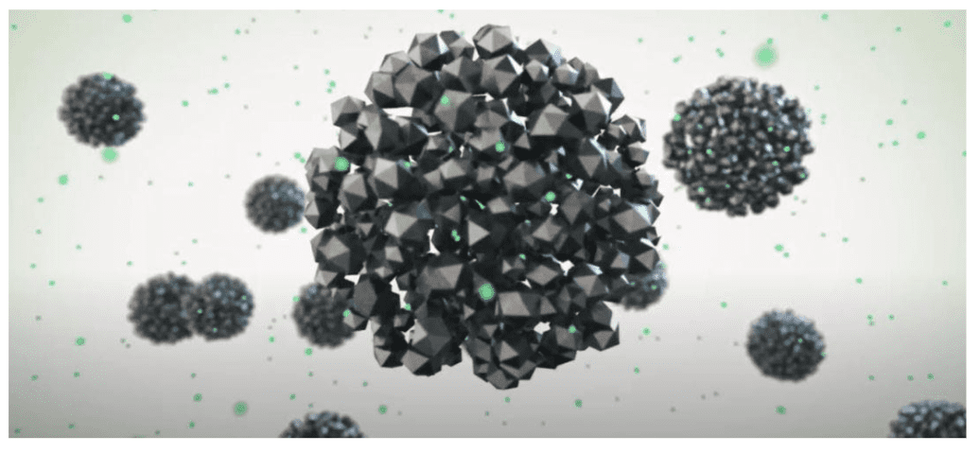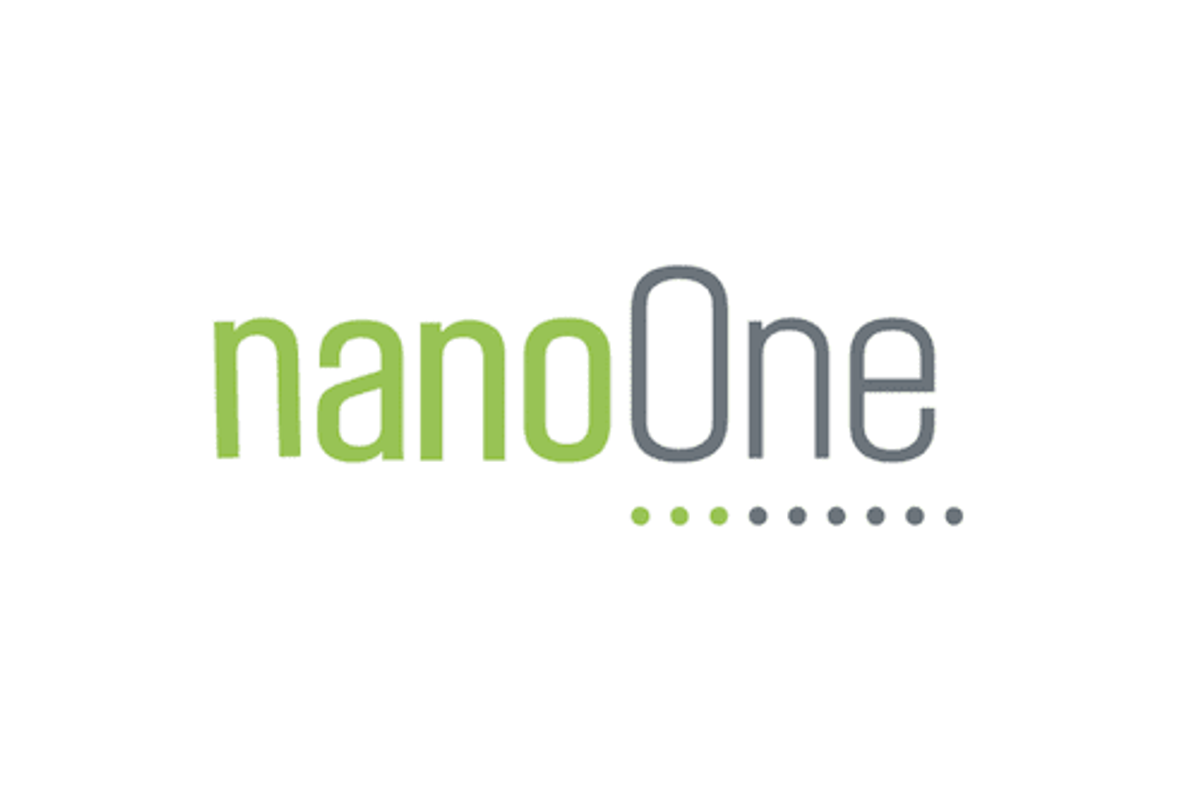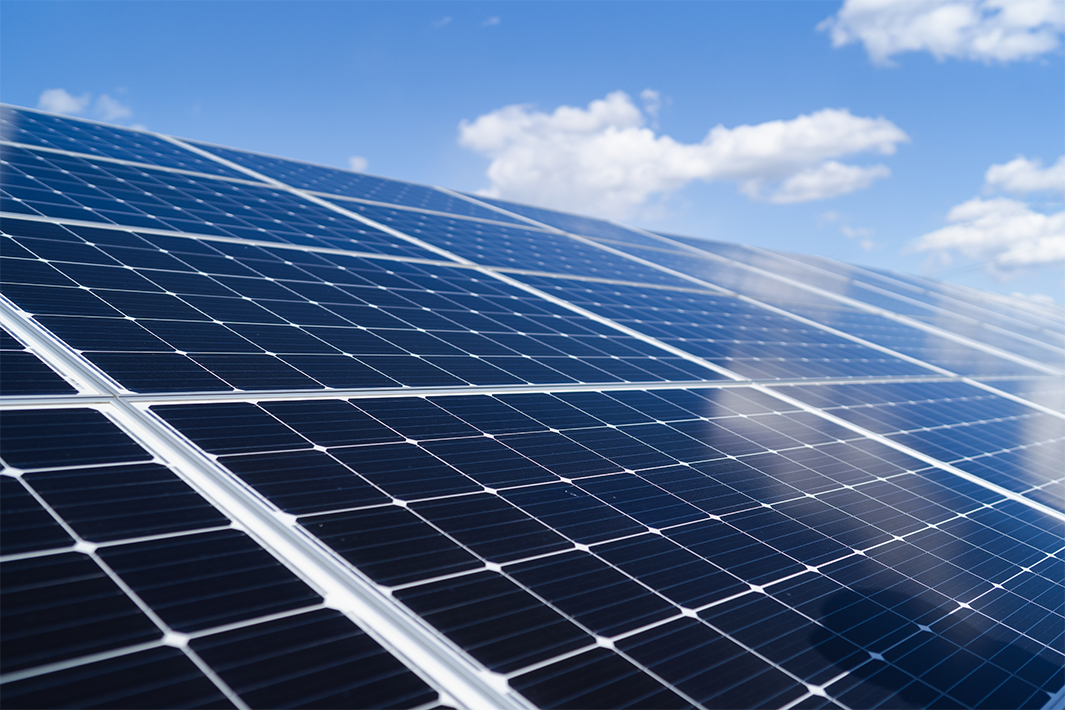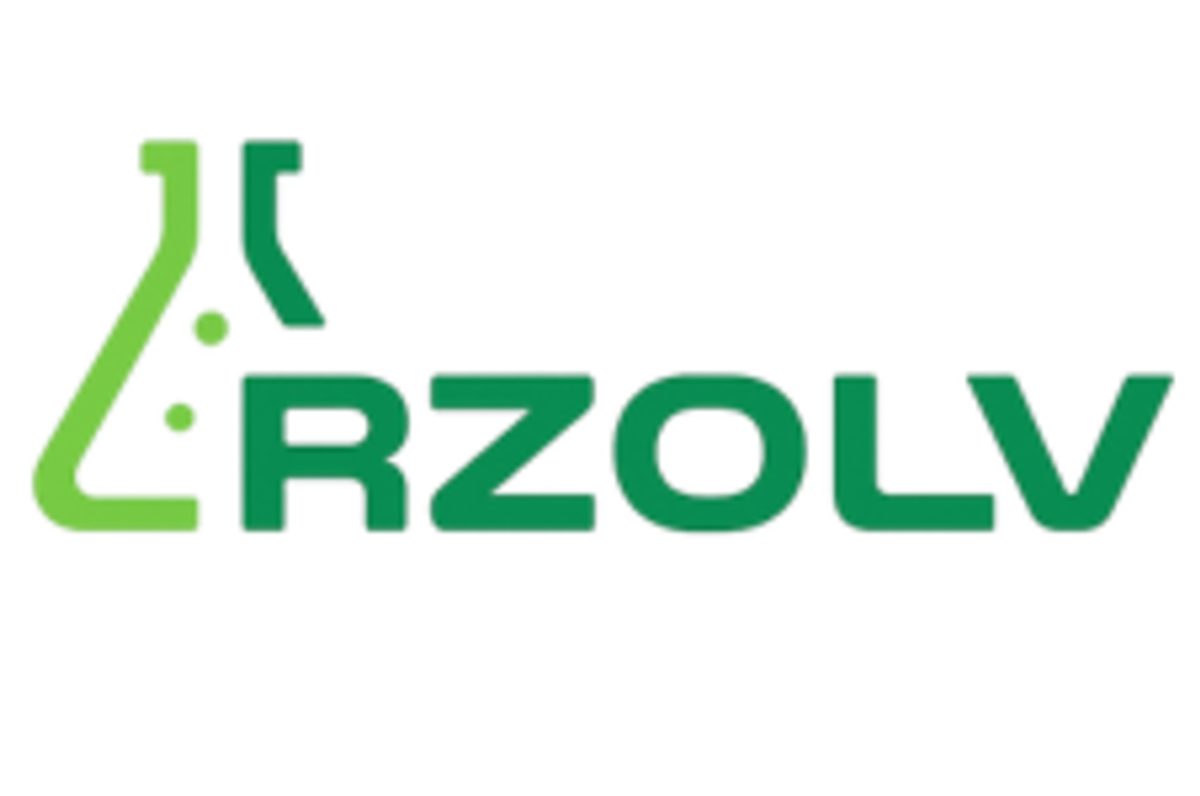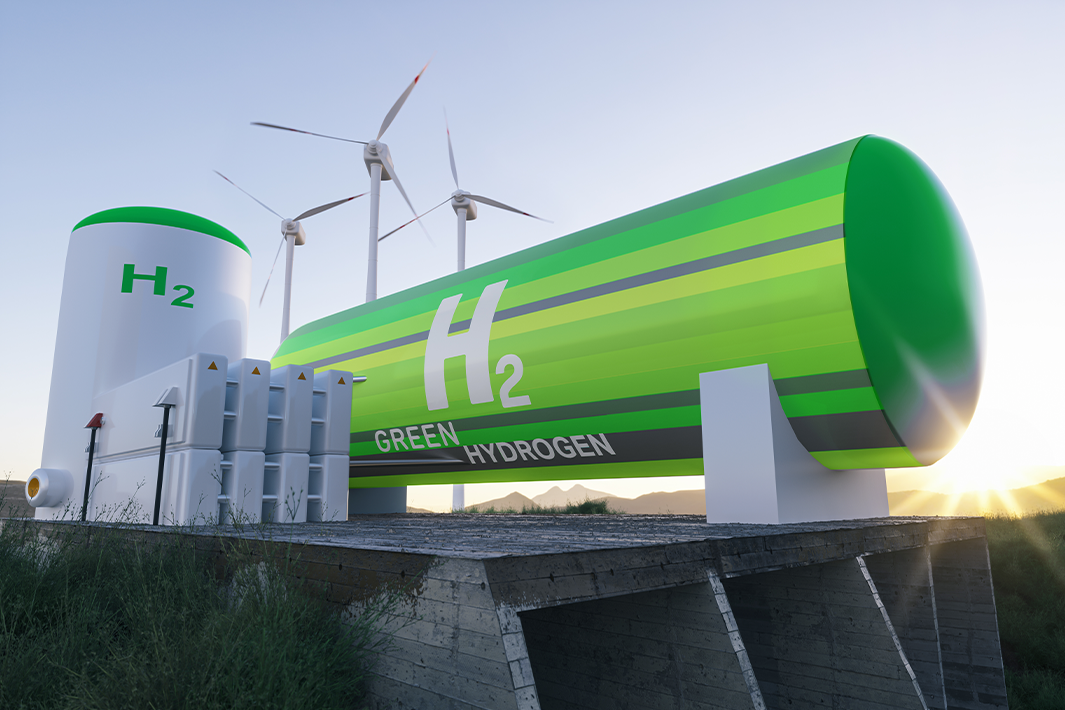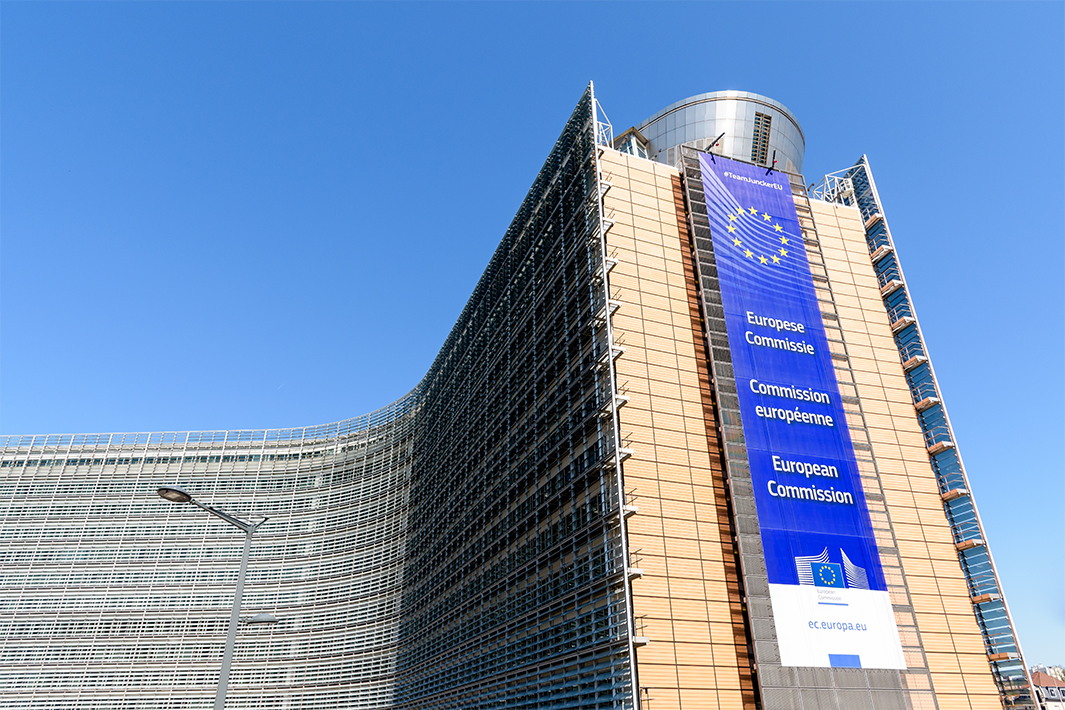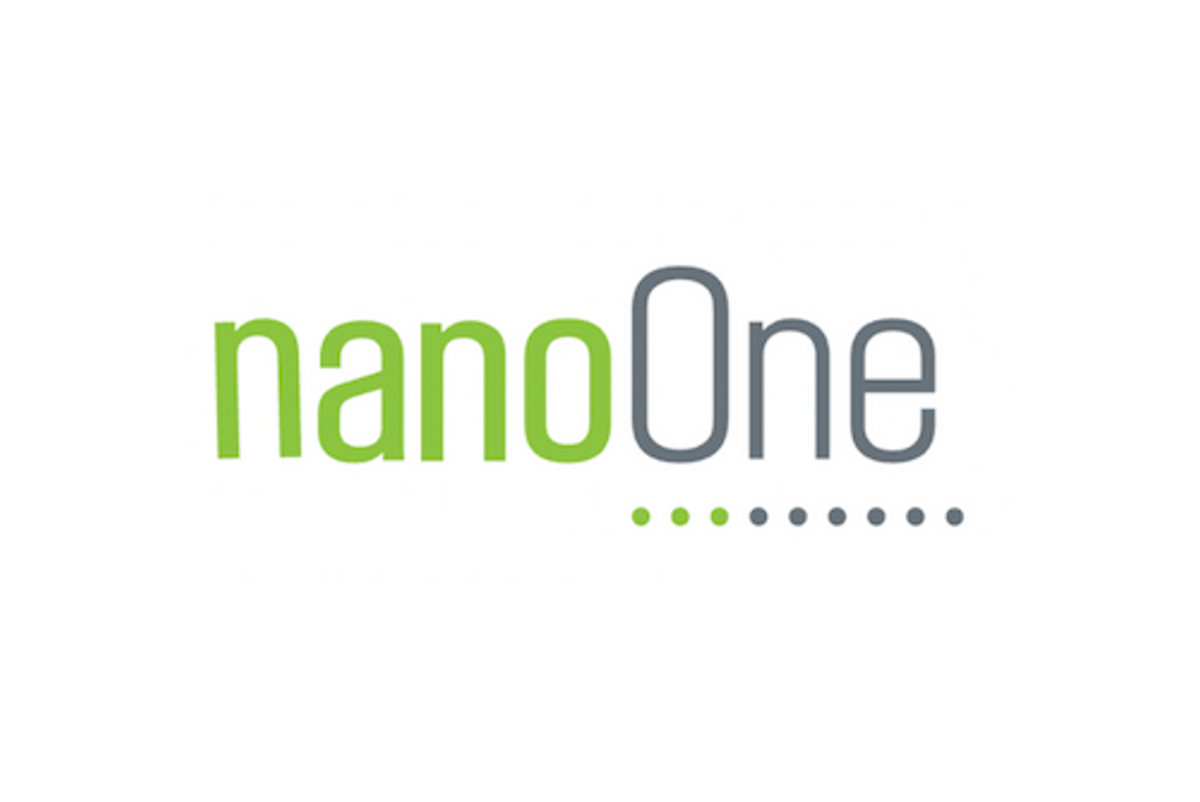
November 15, 2021
Nano One Materials Corp. (Nano One) (TSX:NANO,FWB:LBMB,OTC: Nasdaq Int'l Designation:NNOMF) aims to establish its technology as the leading platform for the global production of green battery materials through licensing and joint venture agreements. The company is led by a highly experienced management team with decades of experience in financing, capital growth, technology management metals and mining and the sciences.
Nano One's patented "One-Pot Process" is a proven, efficient and scalable manufacturing technology for producing cathode materials used in advanced lithium-ion batteries. The One-Pot Process streamlines the production process which significantly reduces costs and increases battery performance and durability compared to the standard manufacturing process.
Nano One's Company Highlights
- Nano One's patented One-Pot Process is a proven, efficient and scalable manufacturing technology for producing cathode materials used in advanced lithium-ion batteries.
- Nano One's M2CAM (Metal direct to Cathode Active Material) technology addresses fundamental performance needs and supply chain constraints while reducing costs and carbon footprint. Enabling a cleaner more sustainable supply chain.
- The company has over 20+ strategic partnerships and collaborations with multiple global leaders to advance its cathode technology for e-mobility and energy storage system applications, including:
- Saint-Gobain S.A. (EPA:SGO)
- Volkswagen AG (ETR:VOW3)
- Companhia Brasileira de Metalurgia e Mineração (CBMM)
- Johnson Matthey PLC (LON:JMAT)
- Euro Manganese Inc. (TSX-V:EMN)
- An Asian cathode material producer
- An American automobile manufacturer
- The company is led by a highly experienced management team with expertise in financing, capital growth, technology management, intellectual and the sciences.
NANO:CA
The Conversation (0)
09 November 2023
Nano One Provides Quarterly Progress Update and Reports Q3 2023 Results
TSX:NANO)(OTC PINK:NNOMF)(Frankfurt:LBMBQ3 2023 Highlights and HeadlinesStrategic investment and Collaboration Agreement with Sumitomo Metal Mining (SMM)Cash position of $26.0 million at quarter end ($43.0 million post-SMM strategic investment)Working capital of $22.0 million at quarter end... Keep Reading...
23 October 2023
Pre-Feasibility Study Anticipates 10X Increase in Capacity for Nano One LFP Site in Québec
Highlights:FEL 2 study estimates capacity at nano one Candiac can be increased by 10X, up to 25,000 tpa.Compact design cuts down land and water use, adding further value to the One-Pot Process.Potential to create 140+ full-time jobs, 1000+ indirect jobs and generate $50M in tax revenue over... Keep Reading...
05 October 2023
Nano One Announces Closing of Sumitomo Metal Mining $16.9M Strategic Investment and Collaboration Agreement
TSX:NANO)(OTC PINK:NNOMF)(Frankfurt:LBMB)(TSE:5713nano one® Materials Corp. ("Nano One" or the "Company"), a clean technology company with patented processes for the sustainable production of lithium-ion battery cathode materials, is pleased to announce the closing of the strategic equity... Keep Reading...
25 September 2023
Nano One Announces Collaboration Agreement with Sumitomo Metal Mining and a C$16.9 Million Strategic Investment
TSX:NANO)(OTC:NNOMF)(Frankfurt:LBMB) and Tokyo, Japan (TSE:5713Highlights:Sumitomo Metal Mining and nano one will partner via Collaboration Agreement.Sumitomo Metal Mining will make a C$16.9M equity investment in nano one.The Companies intend to jointly explore business development opportunities... Keep Reading...
14 September 2023
LFP from Nano One's Commercial Size Reactors Lead to Fast-tracking Customer Samples
TSX:NANO)(OTC PINK:NNOMF)(Frankfurt:LBMBHighlights:Commencing shipment of samples for partners to validate tonne scale LFP in Q4.Repeated One-Pot LFP trials demonstrates technology at commercial size reactors.Accelerated retrofit of Candiac for continuous production of LFP.200 tpa reactors... Keep Reading...
16h
Silica Investing: How Processing Bottlenecks Create Breakthrough Opportunities
As one of its most abundant minerals, the world has no shortage of silica. The challenge — and more importantly, the value — lies in making it pure enough for the technologies that will define the global energy transition.Innovations in cleaner and more efficient high-purity (HPQ) silica... Keep Reading...
11 December
RZOLV Technologies Appoints Mary Ellen Thorburn to the Board of Directors; Announces the Retirement of Darryl Yea
Rzolv Technologies Inc. (TSXV: RZL) (the "Company" or "RZOLV") is pleased to announce the appointment of Ms. Mary Ellen Thorburn to the Company's Board of Directors, effective December 15, 2025."On behalf of the Board of Directors, I am pleased to welcome Mary Ellen to the RZOLV team," said... Keep Reading...
09 December
Investing Insight: Why CNG is the Next Scalable Step in Cleaner Heavy-duty Transport
As global decarbonization ambitions collide with real-world economics, compressed natural gas (CNG) is quietly reasserting itself as a pragmatic, low-emission solution for heavy-duty trucking. Amid rising diesel costs, tightening emissions rules and infrastructure and economic constraints that... Keep Reading...
08 December
Energizing the Future: How Green Hydrogen is Shaping Sustainable Investments
As the world continues to face the challenges of and find solutions to climate change, the hydrogen economy is emerging as a beacon of hope in the area of sustainable energy. This transformative shift is not just reshaping industries; it's opening up exciting avenues for investors keen on... Keep Reading...
08 December
Europe's Emerging Green Hydrogen Market Creates Investment Opportunities
Europe's green hydrogen market is experiencing an unprecedented surge, thanks to its accelerated transition towards a sustainable future. This evolving landscape presents a strategic opportunity for forward-thinking investors. The European Union's (EU) commitment to green hydrogen is a key... Keep Reading...
05 December
RZOLV Technologies Announces Investor Relations and Market Making Agreements
Rzolv Technologies Inc. (TSXV: RZL) (the "Company" or "RZOLV") announces it has entered into agreements with the following investor relations and market-making service providers.Investor Relations AgreementsOutside the Box Capital Inc. ("OTB"): Effective October 22, 2025, RZOLV engaged OTB to... Keep Reading...
Latest News
Latest Press Releases
Related News
TOP STOCKS
American Battery4.030.24
Aion Therapeutic0.10-0.01
Cybin Corp2.140.00
